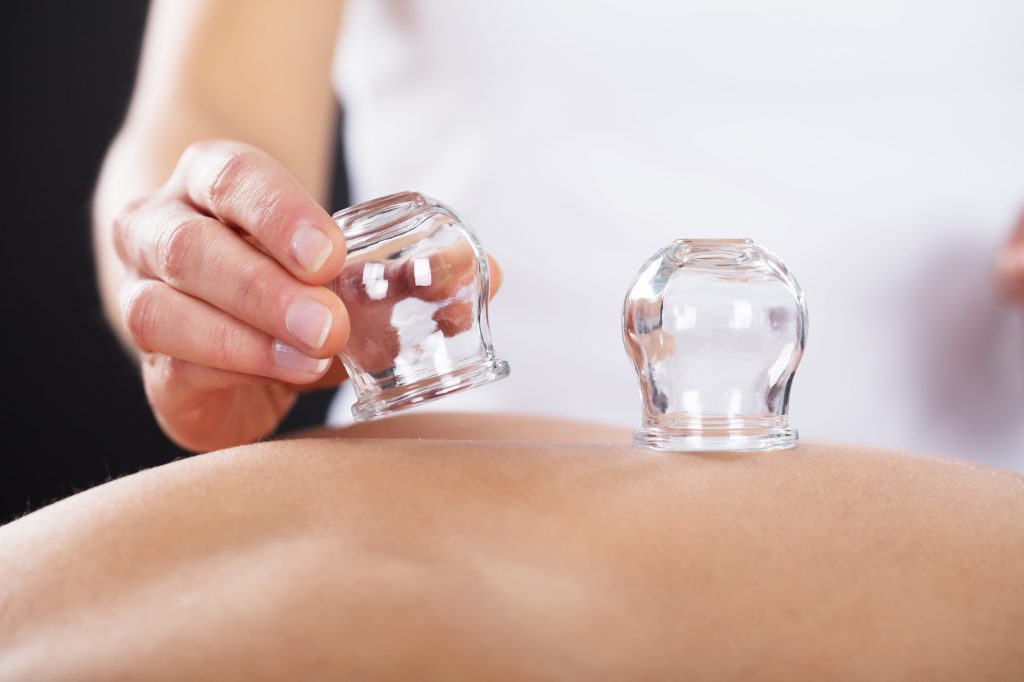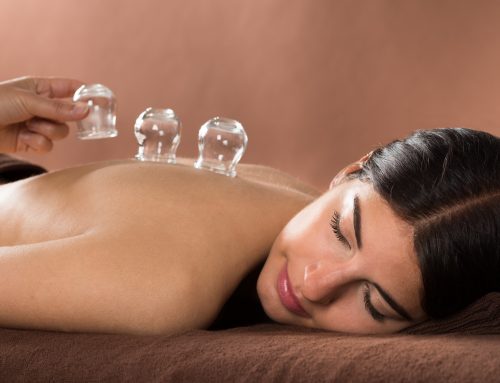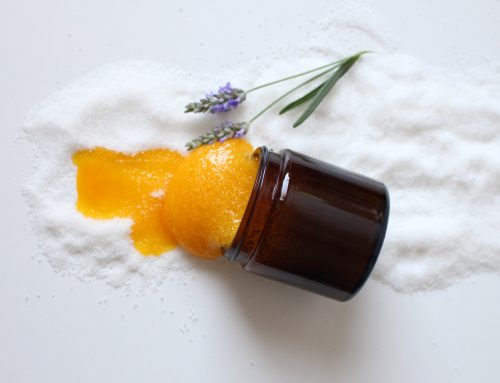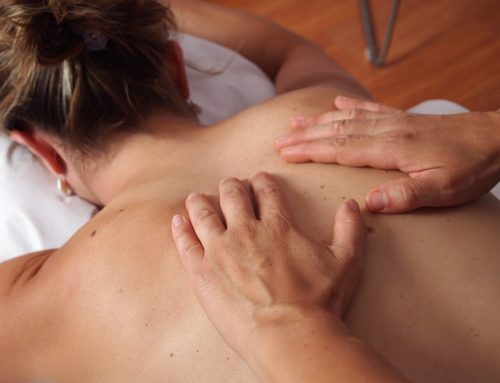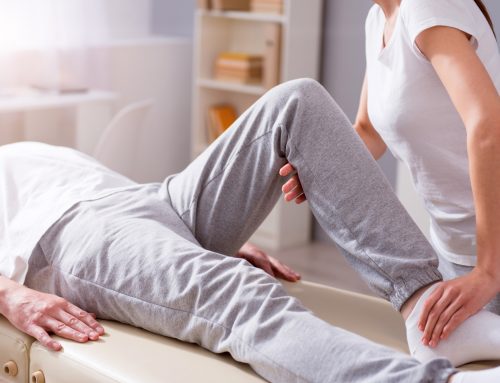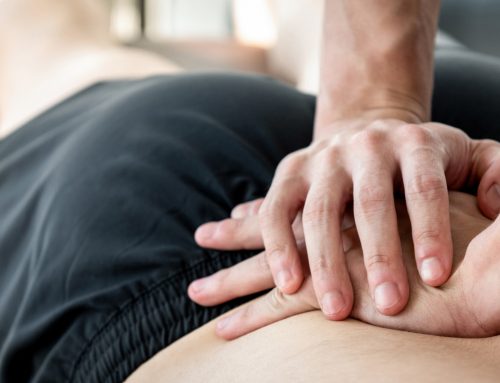Did you know the ancient Chinese and Egyptians used healing cupping techniques? There’s much controversy around the origin of cupping, but there’s no doubt this healing technique has been around for thousands of years. Many people enjoy cupping, even if it does leave them looking like they’ve been hugged too tightly by an octopus.
For those who have never tried myofascial cupping, you’re wondering what the hype is all about. You might even be afraid to try it because of the marks it can leave on the skin. There are 2 types of cupping massage, one leaves marks and the other one rarely does.
There’s no need to worry because we’re here to clear the air. Keep reading below for a guide on myofascial cupping.
What Is the Fascia?
Before diving too deep into the technique of cupping, it’s important to clarify what your fascia is. The body’s fascia is a thin layer of tissue surrounding and holding each of your body’s muscles, bones, organs, and vessels in their place.
The tissue covering has no defined beginning or end and encases your entire body. When healthy, the tissue is flexible and soft. The tissue becomes tight and restrictive as the result of daily wear and tear, physical trauma, and dehydration. The tissues are supposed to ‘slide and glide’ over each other easily.
Because it’s all connected, damage to one part of the fascia can affect other fascia parts.
What Is Myofascial Cupping?
To relieve tension in the fascia, individuals seek out myofascial cupping treatments. You might now be asking yourself, “What is cupping?”
In this technique, a trained professional places small cups along the skin. They’ll then use a pump or fire to create suction and raise the top layer of skin and fascia. The underlying tissue will then have more space to untangle and relax.
Not only does cupping provide tension relief in your underlying tissue, but it also increases blood flow to strained and damaged areas. Your blood is packed with tons of nutrients that aid in the healing process.
You’ll most likely feel movement when receiving a myofascial cupping treatment. The technician may slide the cups across your skin or move your body while keeping the cups in place. This movement allows for a greater area of the tissue to be addressed.
The Benefits of Myofascial Cupping
There are many benefits of myofascial cupping. Find a well-trained technician to develop a customised treatment plan, and be sure to point out all tense areas before treatment.
Keep in mind the benefits of cupping aren’t instant. Many people attend several sessions before noticing major results, and they’ll often use cupping alongside massage therapy.
Relief From Muscle Tension
Do you have deep, never-ending muscle tension? This tension may have developed due to an injury, surgery, or extreme stress. No matter the cause, you’re ready for relief.
Myofascial cupping provides relief from muscle tension by pulling apart tangled, sticky tissues. It also brings blood to damaged tissues to speed up the reconstruction process.
You’ll be surprised how addressing one part of your body’s tissue will bring relief to other parts of your body.
Greater Mobility
Tangled tissues restrict the body’s full range of motion. Tense myofascial tissue doesn’t allow the body’s joints to move as freely as they should and often pulls joints out of place.
If you’ve had any injuries or surgeries that have affected your joints, such as knee replacement, cupping will help. Speak with your physician before scheduling a cupping treatment to be safe.
Once you meet with your cupping technician, tell them which joints are in pain and if you’ve had surgery. They’ll need to be aware of past surgeries before performing the treatment.
Better Blood and Lymph Flow
Increased blood flow is a vital part of healing tissues within the body. The suctioning of the cups brings much-needed blood to the damaged tissues. This blood flow will also efficiently remove toxins from the body to allow for quicker healing.
Not only will your body experience better blood flow, but there will also be better lymph flow. Lymph is a transportation system within the body that delivers toxins to the blood. The blood takes these toxins and disposes of them through the liver and kidney.
Does It Hurt?
Cupping can leave large red suction marks on the skin. This causes many people to believe the technique is very painful. You shouldn’t experience any sharp pains during cupping, but you may experience some discomfort due to tense tissues.
You’ll also notice marking after your treatment, but this will clear up throughout the following couple of weeks.
Finding a trusted and professional therapist to perform cupping is important. They’ll outline all possible side effects of cupping, and you’ll feel comfortable telling them if you’re experiencing any pain during the treatment.
How to Find a Trusted Therapist
Find a therapist you trust near you with a quick internet search. Head to your favourite search engine, such as Google, and type in a phrase like, “myofascial cupping near me”.
Sift through your results, and read the customer reviews for the clinic. Reach out to the clinic to ask questions. Check to see the therapist carefully listened to the customer’s concerns. You’ll also want to guarantee the therapist is committed to good sanitation practices of their cups.
If your friends have tried cupping, chat with them to see where they received the treatment. Some places may even have referral services for friends and family.
Better Your Body: Myofascial Cupping
Even though it looks like you’ve hugged a giant octopus, myofascial cupping is beneficial for your body.
Relieve muscle tension, untangle tissues, and increase blood flow with this healing technique. After a few sessions, you’ll notice less body pain and greater mobility and range of motion.
Are you located within the Edmonton area? Reach out to The Self Centre Massage & Wellness clinic for cupping and other massage therapy services. All of our therapists are very experienced and professional. You can set up an appointment today by contacting us.

